Optimal Seasons for Foundation Repairs
Foundation repairs are most effective when performed during specific seasonal conditions. Ideal timing depends on weather patterns, soil conditions, and moisture levels. Typically, the best time for repairs is during dry, moderate weather periods that prevent further soil movement and allow for proper curing of materials.
Spring offers moderate temperatures and manageable moisture levels, making it suitable for foundation repairs. However, heavy rains can sometimes delay work.
Summer provides warm, dry weather that facilitates curing and setting of repair materials. Extreme heat may require additional precautions.
Fall's cooler temperatures and stable soil conditions make it an optimal time for foundation work. Early fall is preferred before winter.
Winter is generally not ideal due to freezing temperatures and snow, which can hinder repair processes and cause soil movement.
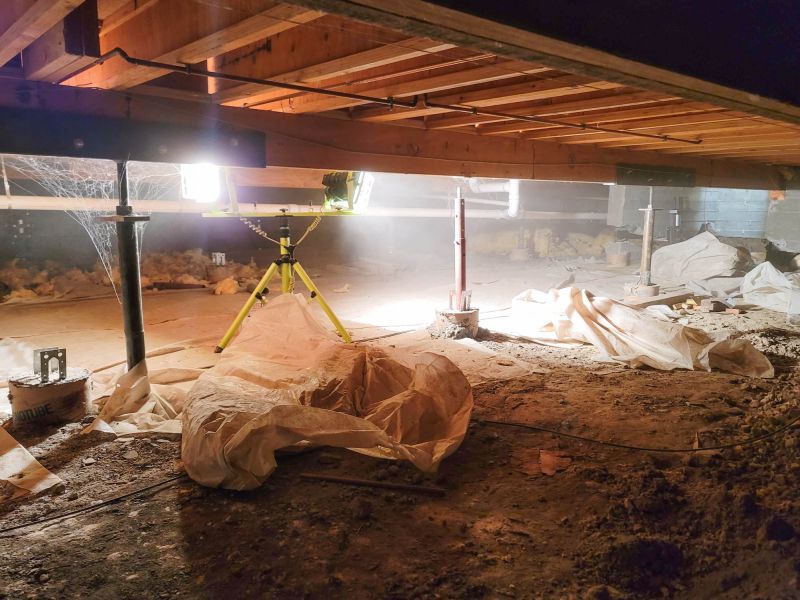
Ways to make Foundation Repairs work in tight or awkward layouts.
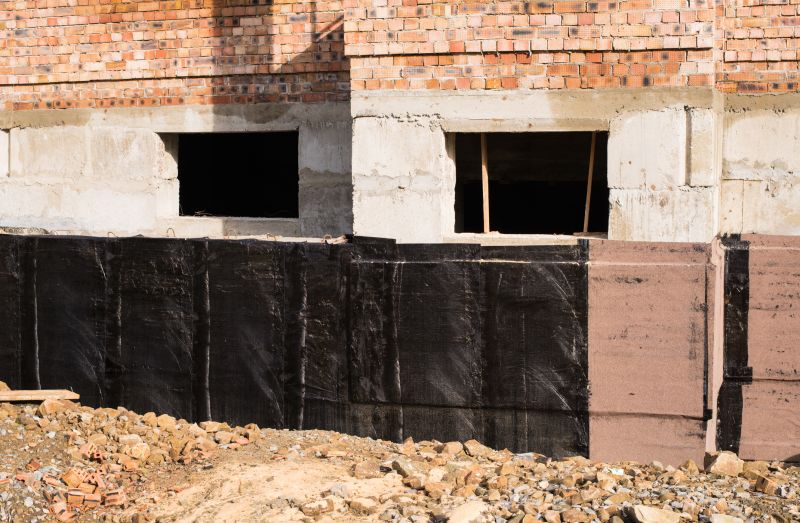
Popular materials for Foundation Repairs and why they hold up over time.

Simple add-ons that improve Foundation Repairs without blowing the budget.
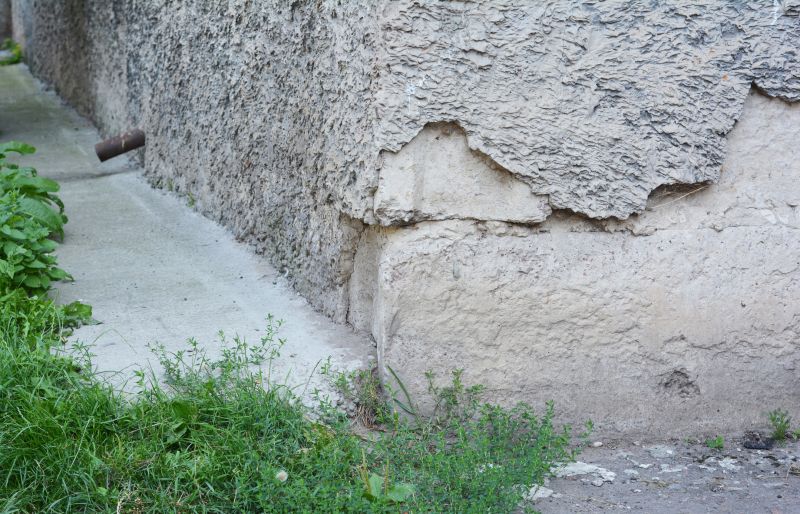
High-end options that actually feel worth it for Foundation Repairs.
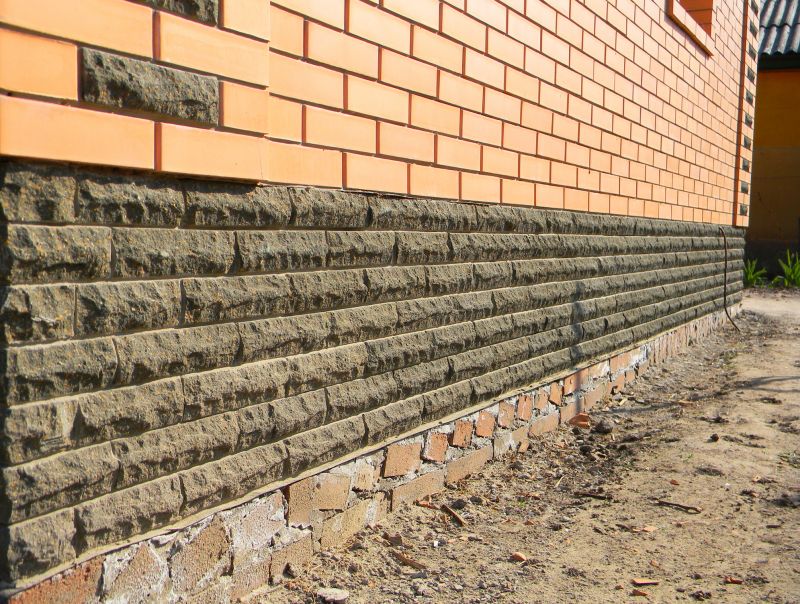
Finishes and colors that play nicely with Foundation Repairs.
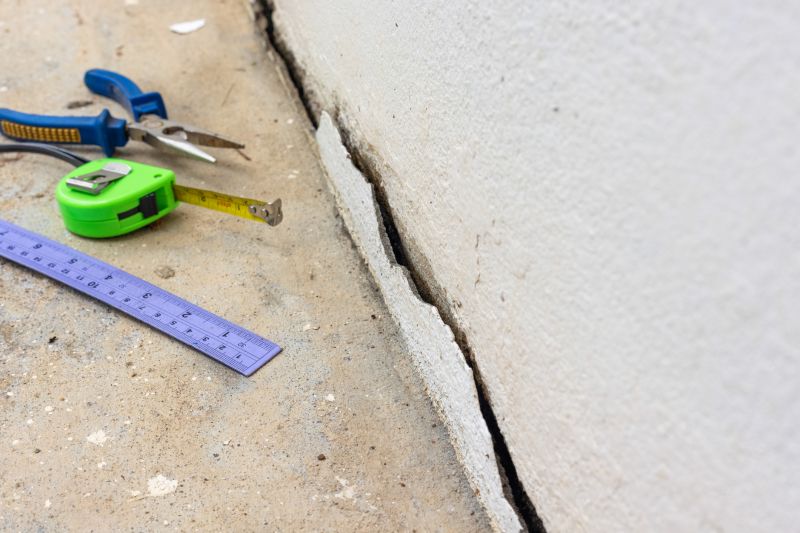
Little measurements that prevent headaches on Foundation Repairs day.
Foundation repairs involve addressing issues such as settling, cracking, and shifting that compromise structural integrity. Proper timing ensures that repairs are durable and effective, minimizing future problems. Soil conditions, weather patterns, and moisture levels significantly influence the success of foundation work.
| Season | Ideal Conditions |
|---|---|
| Spring | Moderate temperatures and soil moisture, manageable rain |
| Summer | Warm, dry weather, optimal for curing |
| Fall | Cooler temperatures, stable soil before winter |
| Winter | Cold temperatures and snow, generally unsuitable |

A 60-second routine that keeps Foundation Repairs looking new.

A frequent mistake in Foundation Repairs and how to dodge it.

Small tweaks to make Foundation Repairs safer and easier to use.

Lower-waste or water-saving choices for Foundation Repairs.

The short, realistic tool list for quality Foundation Repairs.

Rough timing from prep to clean-up for Foundation Repairs.

Quick checks and paperwork to keep after Foundation Repairs.

Examples that show the impact a good Foundation Repairs can make.
Timely foundation repairs can prevent further structural damage and costly future repairs. Recognizing early signs such as uneven floors, cracks in walls, or sticking doors can help determine the right time for intervention. Consulting with foundation specialists ensures repairs are performed during optimal conditions for lasting results.
Cracks in walls, uneven flooring, and sticking doors may indicate foundation problems.
Addressing issues early can prevent extensive damage, preserve property value, and improve safety.
Understanding seasonal weather patterns helps select the best time for repairs and ensures durability.
Methods include piering, underpinning, and soil stabilization, tailored to specific issues.

